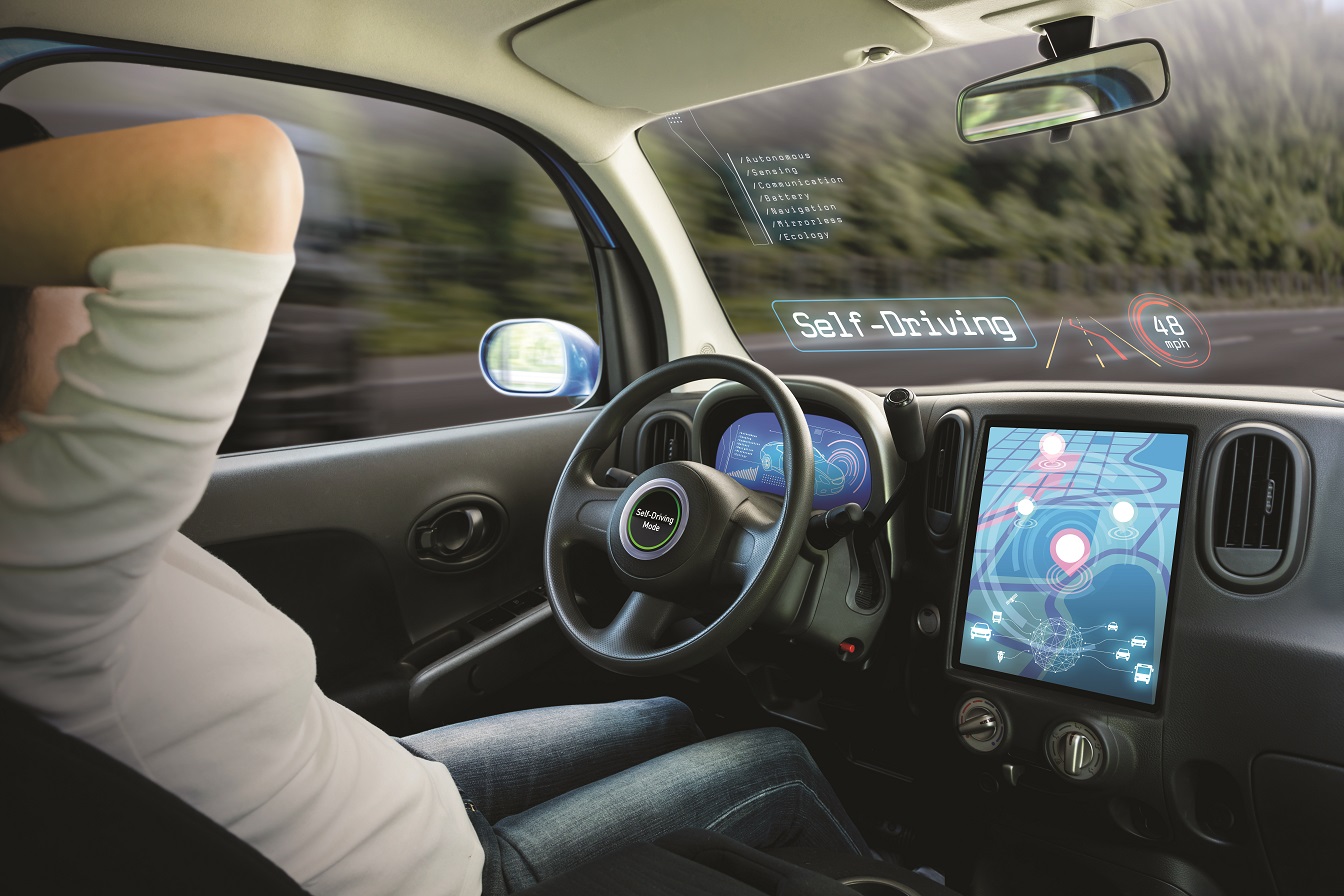
Photo: Verizon-5G-AV
5G and autonomous vehicles: turning fiction into reality
24 September 2018
By Jacqueline Schumann, Verizon Smart Communities
Remember the TV show Knight Rider from the 80s? Where the futuristic car, KITT, would safely autopilot David Hasselhoff ’s Michael Knight through the city back to home base? At the time, the show was the stuff of fiction, which, in order to enjoy required a healthy dose of suspended disbelief.
But today the idea of an autonomous vehicle (AV) that drives us efficiently and safely from origin to destination is less a question of possibility than one of when (minus the rocket launchers).
In today’s reality, the missing links between the possibility of the future and the logistics of now have four key communication challenges to solve: the ability for vehicles to talk to each other (V2V), talk to other people (V2P), talk to a city’s infrastructure (V2I) and talk to the network (V2N). In other words, V2X. But in order for an effective and reliable conversation to take place between a connected vehicle and another device, whether it be a car, a pedestrian about to walk into a pedestrian crossing, or a light signal at an intersection, communication between connected devices has to happen instantaneously, and it must be quicker and more decisive than human communication. It is this kind of instantaneous and decisive reaction time that brings 5G to the AV table in a major way.
“The true success of autonomous vehicles will be dependent on how well a 5G network can integrate with V2I systems”
Hugh Martin, Vice President of Strategy at Verizon Smart Communities
“It’s critical for people to understand how important 5G is to autonomous vehicles,” says Hugh Martin, Vice President of Strategy at Verizon Smart Communities. “It is hands down the most promising technology to bridge the gap between vehicles communicating with infrastructure.”
Investing in AV technology
In Urban Mobility in a Digital Age, a strategic transportation report prepared for the Los Angeles Department of Transportation,  it states: “Arguably, automated vehicles are potentially the greatest transportation technology innovation since the invention of the internal combustion engine with significant implications for safety, accessibility, convenience, and our physical environment.”
it states: “Arguably, automated vehicles are potentially the greatest transportation technology innovation since the invention of the internal combustion engine with significant implications for safety, accessibility, convenience, and our physical environment.”
To date, over US$80 billion has been spent on global AV technology. The automaker, Ford, has announced that by 2019, 100 percent of its cars coming off the assembly lines will be equipped with cellular connectivity. Qualcomm will begin to deploy 5G devices for installation in vehicles as soon as 2019. According to a 9 May 2018 article by Lisa Beebe in Los Angeles Magazine, AVs are a foregone conclusion; the article speculates that within 20 to 25 years human drivers will be off the road. And in fact, it’s only when human drivers are the exception and not the rule that the full benefits of a true AV culture can be realised.
The first step toward realising this goal, however, is planning the infrastructure that will allow for citywide, nationwide, and worldwide autonomous vehicle interaction. “V2I takes real-time sensor information and makes it possible to relay that information to everyone in an interoperable, standard way,” says Sean Holman, Senior Architect at Verizon Smart Communities.
Given all the global investment and commitments of cities and companies worldwide, 5G could do for real-time transport tomorrow what over-the-top streaming technology has done for broadband today. Let’s look at why.
A few milliseconds really can make a difference
5G operates in a high millimetre wave spectrum (above 30 GHz) where data can be efficiently transferred at high speeds and incredibly low latency; it is the first technology that can truly communicate in better-than-human-time. “In terms of autonomous vehicles, the rollout of 5G is where IoT hits a major use case, which is transportation,” says Holman. In other words, 5G is the AV game changer.
On the surface, latency may not seem like the most interesting topic in the world, especially when the kind of difference discussed is on the order of milliseconds, but let’s put this in perspective.
The human eye needs between 50 to 150 milliseconds before it can register a change in image. 4G and LTE see latency speeds in about that same range of 50 to 150 milliseconds. That certainly makes 4G LTE highly competitive in the AV world, but it doesn’t account for that split-second of judgment you need in order to determine whether the siren you’re hearing is from the car radio, the other side of the freeway, or ten cars behind you, and given the conclusion you’ve drawn, what is the best and safest course of action?
On Verizon’s 5G Ultra Wideband network, latency of connected devices could drop as low as 1 millisecond or less.
Let’s look at what this means in terms of reaction time. The difference that 5G can provide comes down to a single digit millisecond latency. Assuming all the devices on the road, the pedestrian crossings, pavements, traffic signals–in effect, the infrastructure–are connected, instead of needing 50 to 150 milliseconds to register a change, a 5G network of connected devices can not only more quickly register a change in image, but can also communicate those changes in near real-time with other connected devices within a shorter time frame up to 50 times faster than the speed at which a human could communicate.
“You’re driving up to an intersection, you hear a siren. Is it a radio or is it real? The process of that determination is a complex flowchart. We are years away from building an AV that can actually take the place of you,” says Martin. “But the true success of autonomous vehicles will be dependent on how well a 5G network can integrate with V2I systems.”
There is nothing that can actually replace a human’s judgement in that split-second of time that requires a decision. But when it comes to traffic management and transport, is that really the issue? Or is the bigger issue having a smart infrastructure in place that allows your AV to communicate with city transport alerts, such as road emergencies, changing traffic patterns, signal changes, and the status of other AVs sharing the road, so that your vehicle can quickly take coordinated action to allow the ambulance to safely pass, unencumbered by confused drivers who might have misjudged the sirens for something else, somewhere else?
How close are we to tomorrow?
Arguably, the most important V2X use cases revolve around a feasible V2I integration that shares critical safety system data like: control loss warning, emergency vehicle warning, emergency stops, road safety services, automated parking systems, wrong way driving warning, pre-crash sensing warning, traffic flow optimisation and intersection safety information provisioning.
No one company can provide all these critical applications, which is why multiple technology providers need to come together and work with cities and municipalities for a partnered approach toward implementation. Given the complexity of these new systems, every link must be strong in order to avoid a total system failure. That’s why the implementation of a reliable, low-latency 5G network promises to be the strongest link. In other words, one technology really can make a difference.







